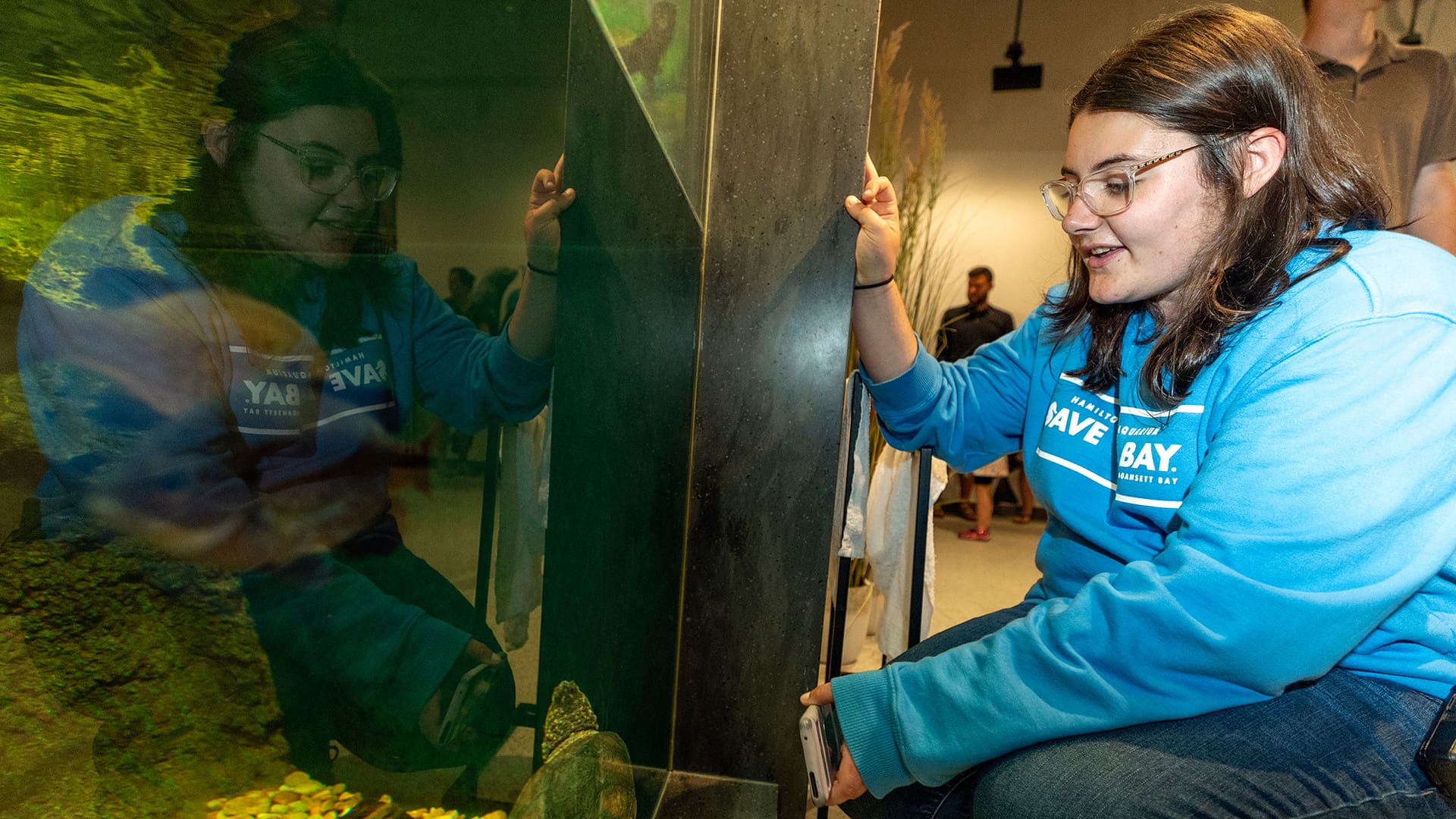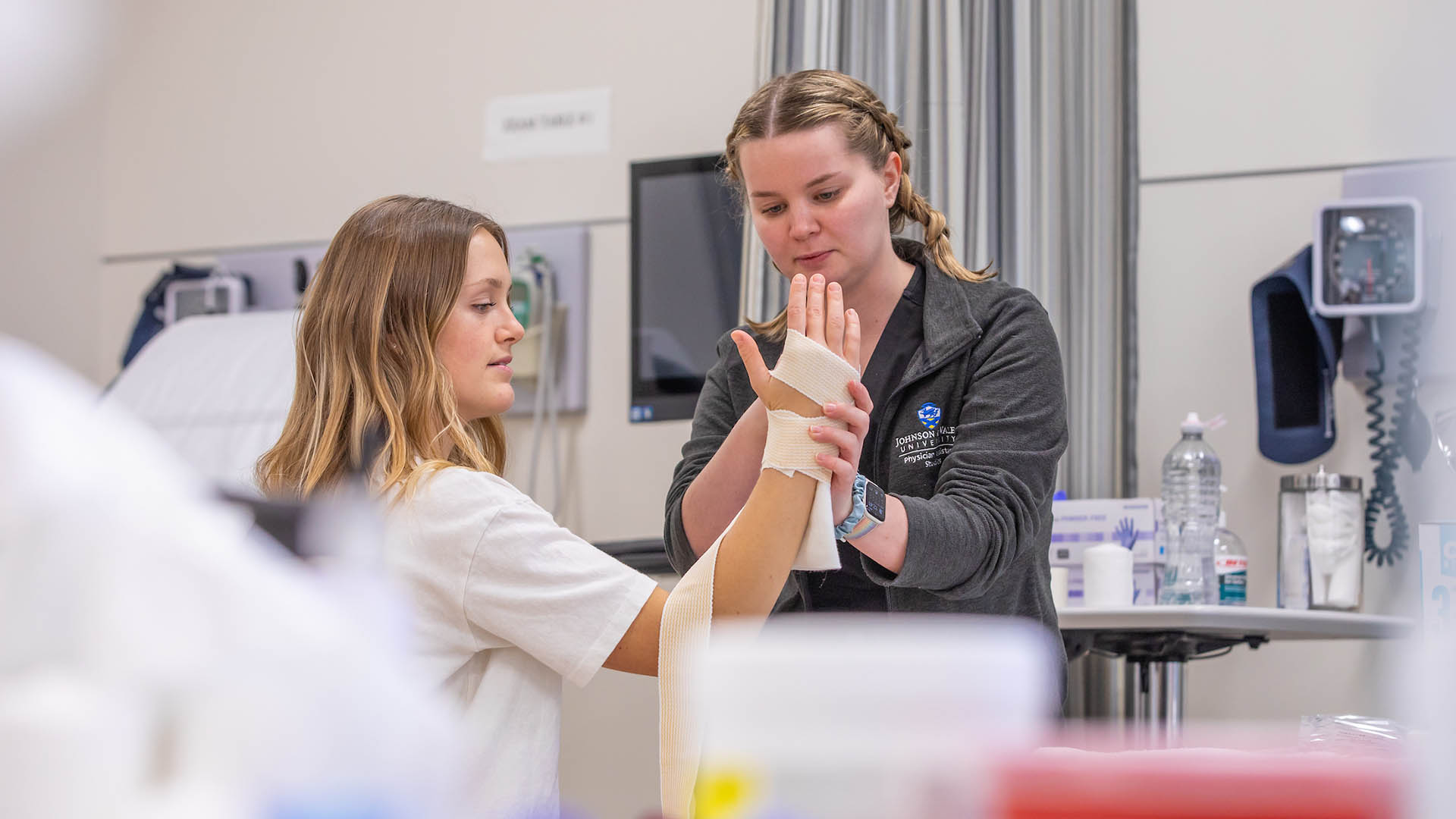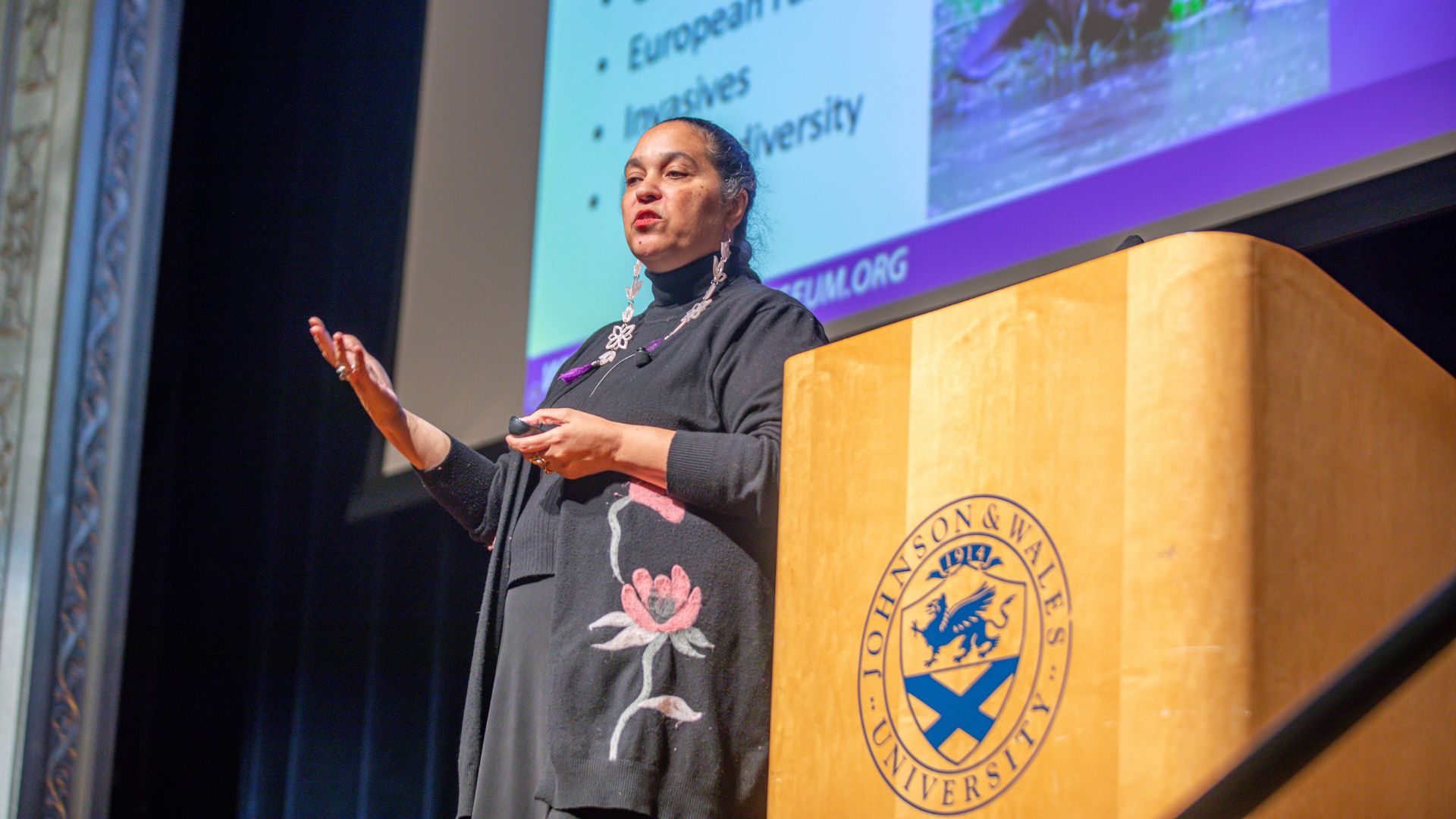JWU Joins Maker Movement During COVID-19 Crisis
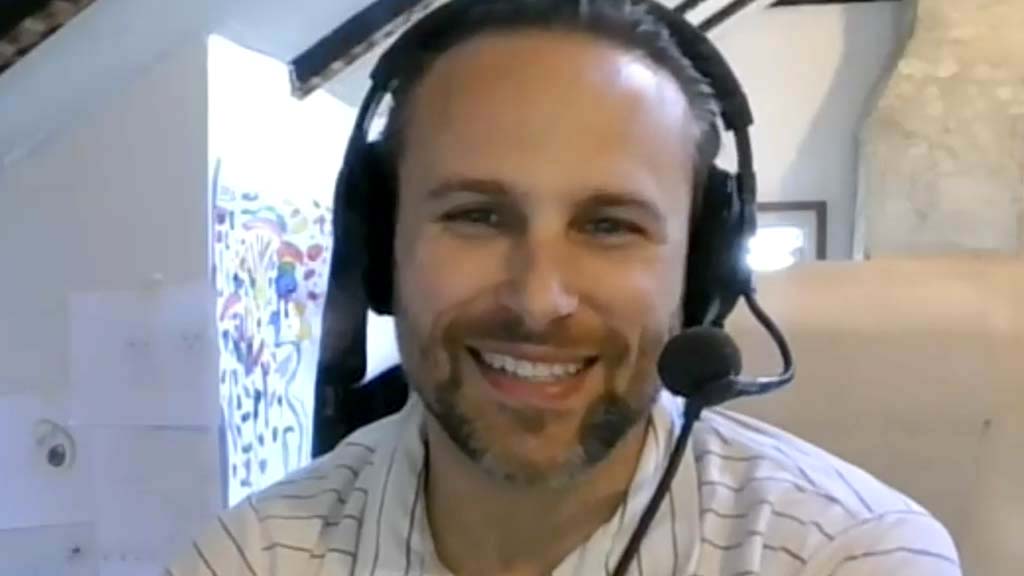
Heroes come in many shapes and sizes, and during the COVID-19 pandemic JWU faculty, students and alumni from the College of Engineering & Design are carving out opportunities to make a positive impact in this new world. They’re rising to the challenge, some with 3D printers set up at home and others working to design solutions to improve existing personal protective equipment such as masks.
It’s how they feel useful in a time where everything seems so uncertain. And now they’re part of a growing movement of makers working to get much-needed equipment into the hands of medical staff facing severe shortages at the frontlines.
It feels good to be a part of a community response to something like this.
“It feels good to be a part of a community response to something like this, as opposed to part of a community as a victim. It’s a different mindset,” says Assistant Professor Walter Zesk.
In March, when JWU transitioned to distance-learning due to the pandemic, Zesk began to think of ways to help out. It was at around that time that a friend introduced him to Rapid Solvers, a group of 80+ volunteer-members from across Rhode Island working together to find solutions to keep healthcare and essential workers safe.
“Right away the feeling was ‘we have to do something.’ I think there was an intense pressure among people that have some capability in this area to figure out what we could do,” Zesk adds.
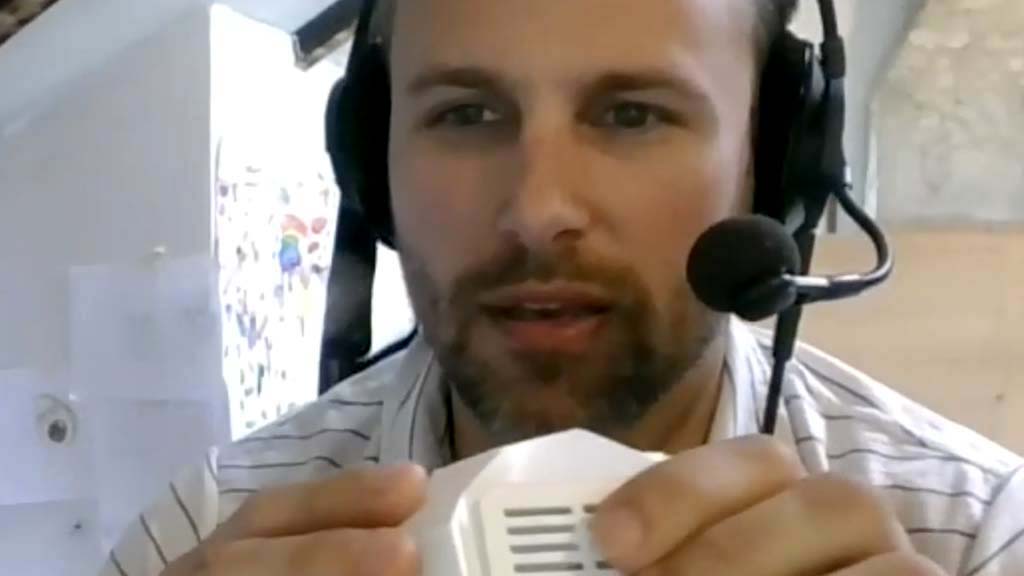
Initially, Zesk says, his work with the group focused on making a parametric, or adaptive, version of a 3D printed mask that would fit to individual face measurements. More specifically he zeroed in on reducing print times and improving the comfort. “I probably made eight or nine prototypes,” he says adding that with each iteration he made progress. “One of the last versions I printed took four and a half hours [to print], and that’s down from about 10 hours.” Although his work with the organization has slowed down, Zesk has been expanding on it in different ways in the classroom with his students.
Working in the Classroom to Find Relevant Solutions
From the beginning, Zesk has shared his prototype designs with his students and has found they are also enthusiastic about finding solutions.
“I’ve been talking about this with my students and a lot of them feel similarly [to me]. When you feel powerless in the face of these things, it feels good [if] you can do something. It makes you feel more in control,” he says.
He adds that in his Design for Manufacturing class, students are working on product optimization to match the customer’s values, needs and wants. “This year one of the optimizations we’re working on is sanitation — how easily can you clean it, what impact does it have on the transmission of viruses. This additional optimization is very relevant now, because I hope one of the main things that students take away is that optimizing is driven by your customers. And if your customers care about staying safe from diseases, then that’s your optimization,” he says.
I hope one of the main things that students take away is that optimizing is driven by your customers.
For his Computer Integrated Manufacturing (CIM) class, Zesk gave students an opportunity to work on an extra credit project where they have to apply the principles of CIM to the business to meet customers needs. “What we talk a lot about is how to use computer systems within a company to connect, in real-time, information coming from the customers with the information being generated by manufacturing, and bridging those two things together so your manufacturing system can be responsive to the needs of your customers. And that is incredibly relevant right now because whole supply chains are trying to be more responsive.”
Students, he says, will work on applying CIM principles to new problems that have arisen because of COVID-19. “One student is going to be creating a database of manufacturing capabilities in Rhode Island and [identifying] what they can do.” The idea, he adds, is to help companies adapt to changes by focusing on what resources they might be lacking or underutilizing.
Making an Impact Outside Class
In addition to working on projects for class, Zesk says various students are finding ways to help out on their own. “Some students are looking to design better masks, while others have been making face shields and other things.”
Integrated Product Design students Aodhan Stansfield ’22 and Brian Thornber ’21 are each working to make an impact.
“Currently I’m making mask clips with my 3D printer,” says Stansfield. “They attach to masks so straps are off the person’s ears.” He says he was inspired to print the clips when his boss told him he was printing them for local fire departments and EMS. “He shared the open source file with me and I started to print them out,” he says adding that he’s planning on buying a second printer to double production. He’s now printing five clips every hour and forty minutes, but he hopes to increase that to 10.
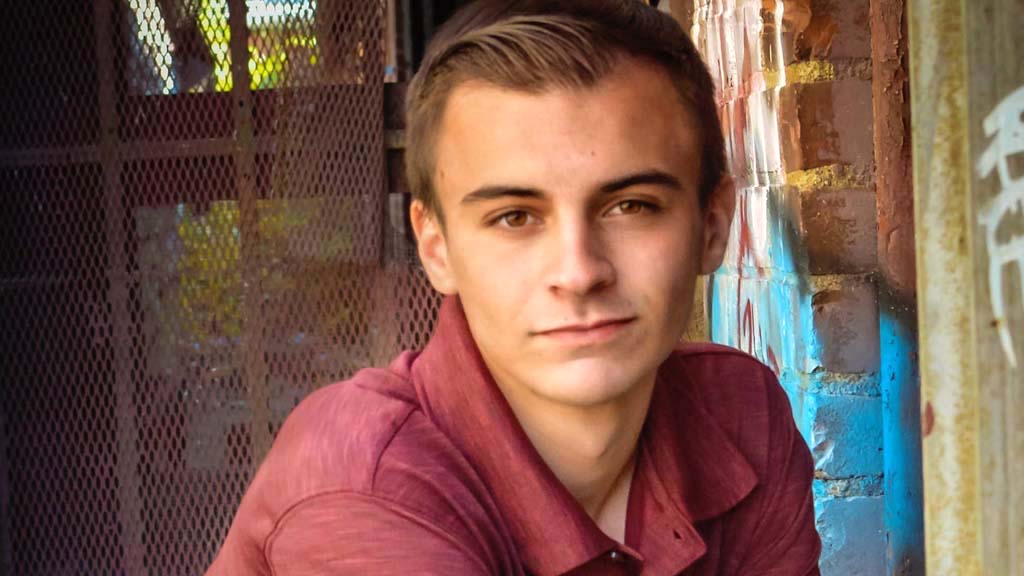
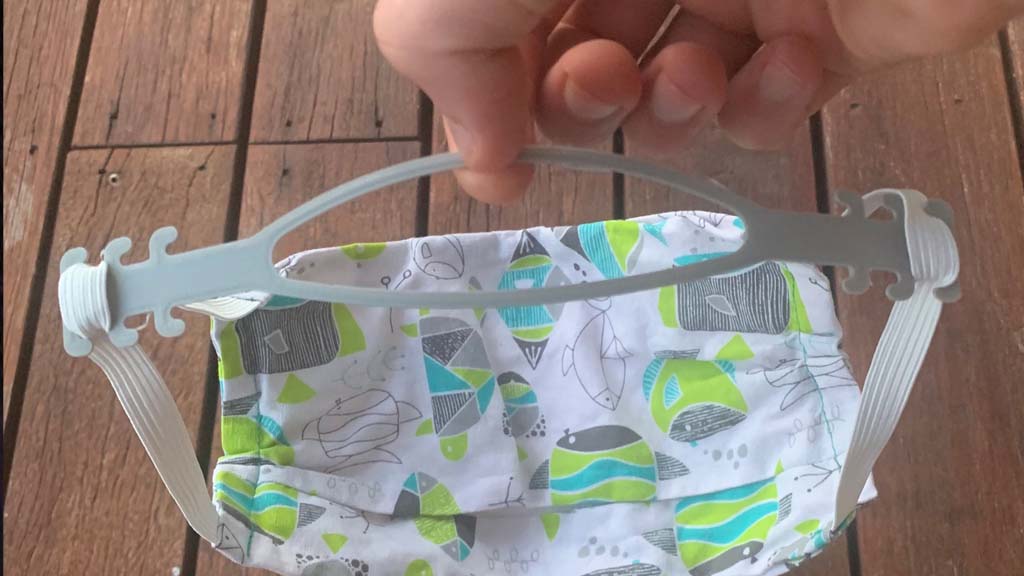
Stansfield, who lives in Dighton, Massachusetts, already has plans for his mask clips. “I will be hand delivering the mask clips to local farmers and the owners of businesses to distribute to employees. Under the Sun Farm is going to be my first stop in a couple days and I plan on donating 50 mask clips. Then my next stop will be Araujo Farms with another 50 mask clips.
“It feels good to donate, I just wish I had more printers so I could start making other accessories or masks. Hopefully the mask clips will decrease the discomfort of wearing a mask so that people will be more inclined to wear them,” Stansfield adds.
For his part, Thornber has been working on trying to decrease the sponge- like texture on the outside of 3D printed masks.
“The problem I’m hoping to solve is addressing the porosity of 3D printed face masks that are being produced by residents and donated to medical and nursing staff,” Thornber says. “Typically, 3D Printed objects are very porous, and that creates problems with sanitation and makes them difficult to reuse.”
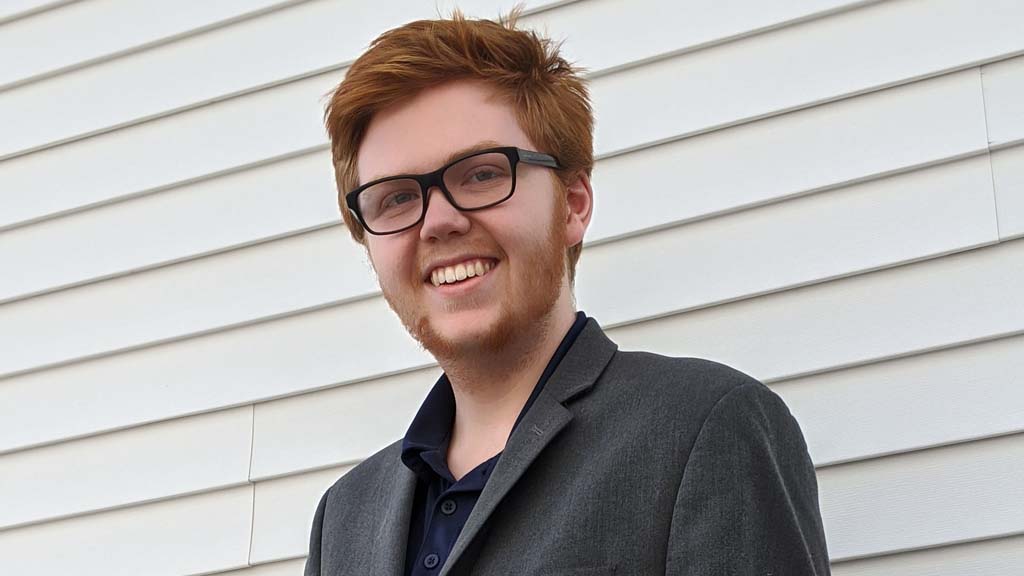
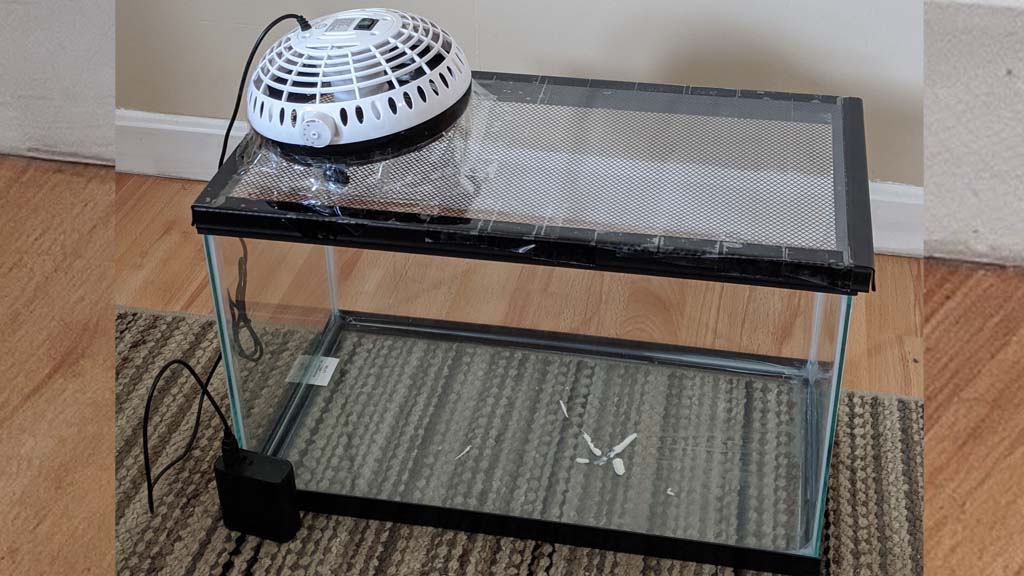
To do this, Thornber has created a chamber for acetone vapors for smoothing 3D printed masks which he hopes will result in producing a standardized finishing technique for these types of products. “I've built my acetone chamber using items people might find around their house. My latest chamber is made out of a fish tank, desk fan and a battery pack,” he adds.
Thornber is printing 3D masks at home and testing his experiments. Once he finds a solution that works, he hopes to turn it over to the Rapid Solvers community as well. “The goal is to use this technique of using acetone vapors to fuse the part together into a solid piece, in the hope of helping sanitation efforts and reusability of these donated masks,” he adds.
Reaching a Wider Audience
Outside JWU, alum Nicholas Provenzano ’13 Electronics Engineering is also hoping to make a difference.
“I’m printing face shield [bands] out of my house, I have a 3D printer set up in my kitchen,” Provenzano says. “It’s basically [this ring] that goes on your forehead, and then you put PFA film on the front of it and make a full-size face shield,” he adds. “I’m stacking them and printing like 16 a day.”
For now, Provenzano has just made enough bands for himself and his coworkers at Fortify, a digital manufacturing company based in Boston. “Right now, I took care of my facility. And then next, I’ll go to hospitals so they can distribute them however they feel it’s necessary,” he says.
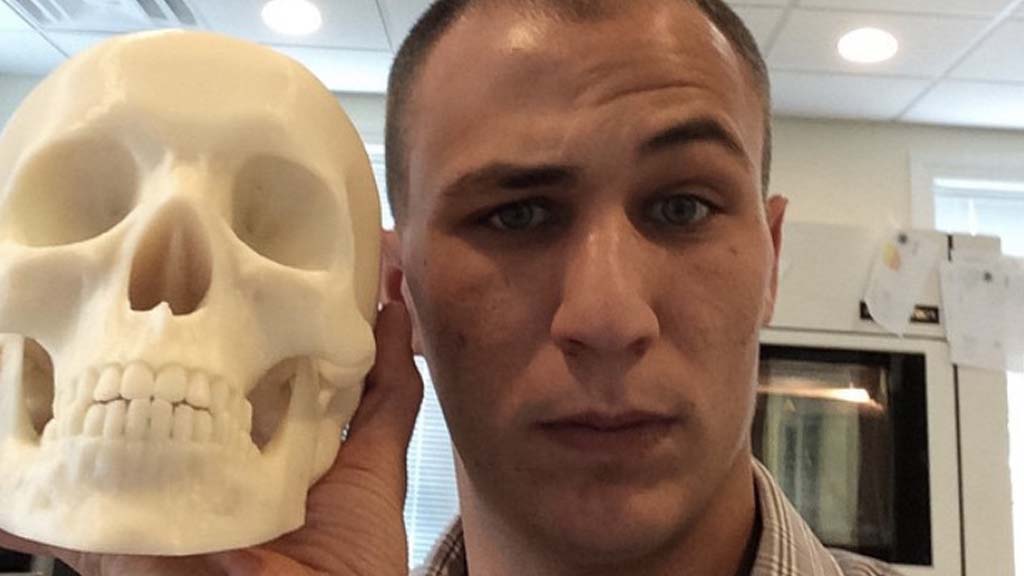
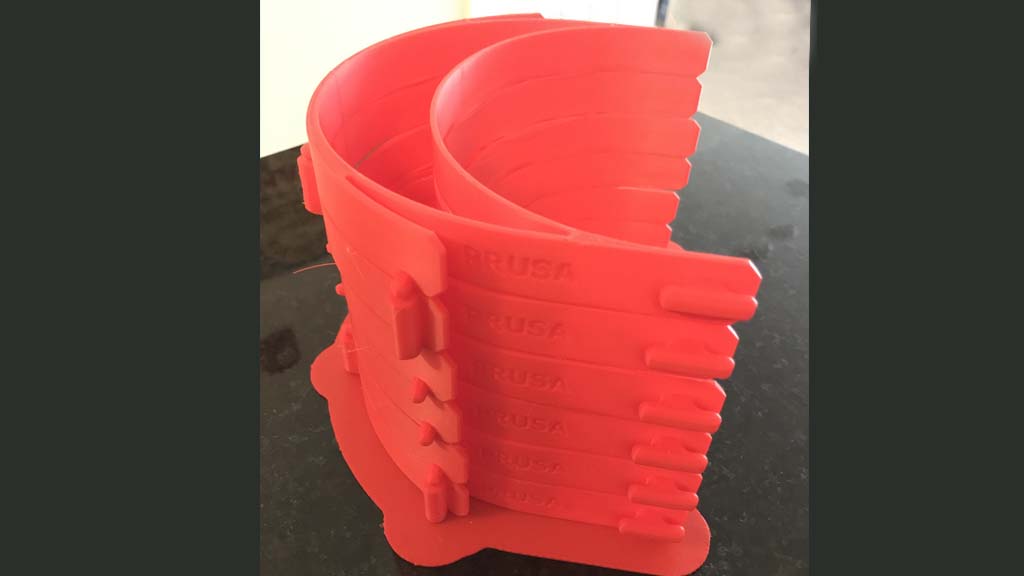
When asked what motivates him to do this, Provenzano has a very simple answer. “I’m just a maker,” he says. “I love it, it puts a warm spot in my heart. I'm not a doctor or anything, but this is something that I can do. I see the potential. I’ve always thought that additive manufacturing as the future because of its ability to adapt.”
I’m just a maker; it puts a warm spot in my heart.
Provenzano has been working in the additive manufacturing, or 3D printing, industry for more than six years. “In traditional manufacturing changing tooling could take days. Where for a 3D printer, you don’t need any time. It’s just changing the design and then the printer makes it,” he adds.
“It's kind of amazing how throughout the United States, everyone's stepping up from all the hobbyists to commercial levels,” he says of how 3D printing is coming to the rescue. “This is stop gap manufacturing, and additive manufacturing is filling those needs right now.”
He is seeing this first-hand at Fortify where he works as a print engineer. For almost two months now, he’s been helping to produce mold inserts and injection molding parts to help mitigate the shortages faced by medical staff. Provenzano says the company, along with others in the industry, is working with an organization called MasksOn.
“It’s a lot of teamwork,” he says. “We're all working together to solve this one issue. And one printer is better at one thing than the other, so we’re facilitating that in the right way, together.”
